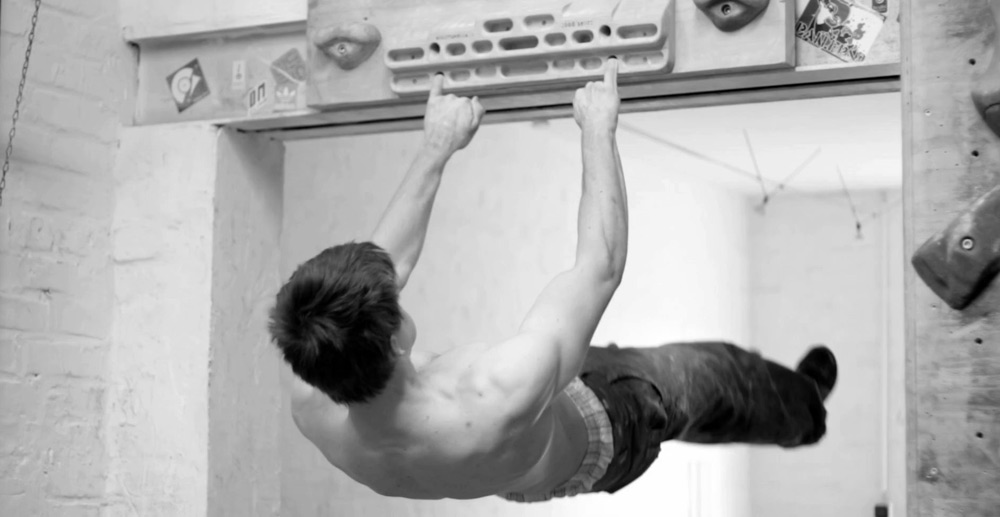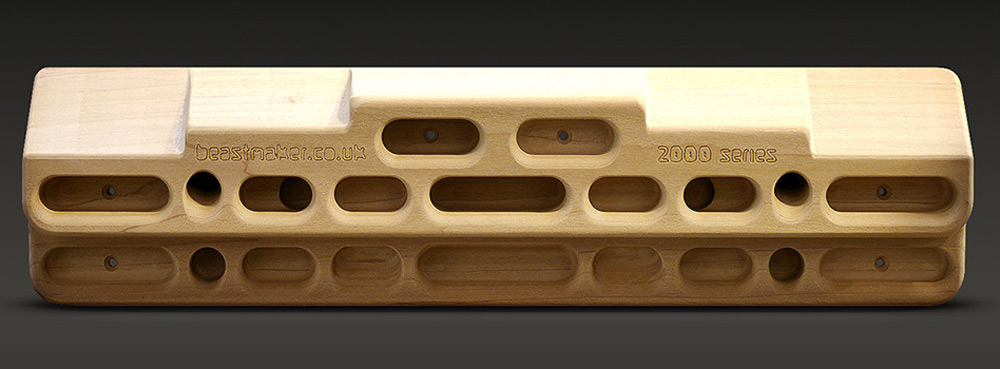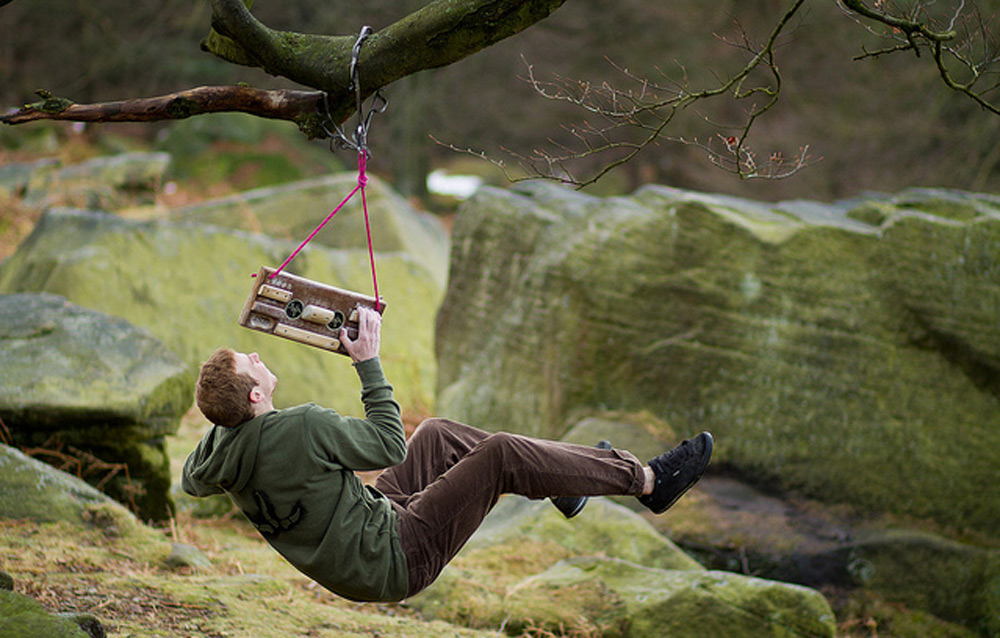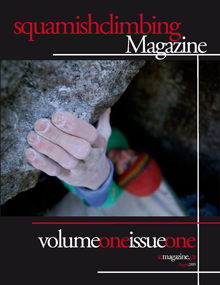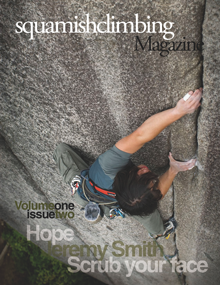Every individual climber will have some specific area of their climbing that holds them back. For many it is fear of falling. For others it is lack of tactics and strategy. Maybe it’s just an inability to try hard. Some climbers have terrible footwork, others lack sufficient upper body strength. Maybe a climber fails because they hold on too tight, or can’t pace themselves.
Whatever the specific area is, each individual will improve their climbing the most by targeting that weakness. However, if we examine climbers as a whole, is it possible to distinguish one area which is the most important? A single factor that if improved, will yield paralleled improvements on real rock for every climber? I say there is. I say there is one particular thing that is the most important. A factor that separates the elites from the rest of the pack. It is any area that every climber will benefit from training . I’m talking about finger strength.
Whenever a climber does a move on rock, a huge number of factors will influence how difficult that move feels, things as diverse as body position, conditioning, what that climber had for breakfast, how much sleep they got the night before. And the list goes on. But in all but the rarest cases there is one consistent factor that always plays in, how strong your grip is to the rock. It is the final critical link. Think back to a move you encountered that you are unable to do. If the holds were bigger and more positive, wouldn’t that move be easier? If you can improve your finger strength, you are effectively making every hold on every rock, a little bit better.
Now here is the best part:
Finger strength is one of the easiest and least time consuming things to train. In fact, most climbers will see huge gains in as little as 30 minutes a day, all from the comforts of their living room or garage. It is even possible to train your finger strength while catching up on all the latest rad videos posted on scmagazine.com. Here is how:
The Setup
What you need is a fingerboard, an egg timer, some weights, a note pad and a harness to hang the weights from. The fingerboard doesn’t need to be fancy. In fact, a full pad wooden ledge will do in a pinch.
My board of choice is the Beastmaker. I find wooden boards to be most skin friendly. The actual grips on the board aren’t all that critical. I would avoid boards where the holds force your hand into certain positions. Simple ergonomic shapes that allow for a variety of grip types are the best, like the aforementioned flat wooden ledge, for instance.
Time your hangs and your resting period in between hangs. The egg timer is needed for timing your deadhangs and rest. You’ll need a set of weights to adjust the difficulty of each hang. If you are broke and don’t want to waste gas money for your next road trip on a set of weights, a variety of weighed stones in cloth shopping bags make a cheap alternative.
Use the notepad to record your hangs and progress. It is critical that you record how much weight you are using for each grip type. Knowing the weight allows you to appropriately increase the difficulty and measure your progress.
The Workout
A fingerboard workout will consist of a series of simple dead hangs through a variety of hand positions. Always hang with your arms engaged (ie no locked elbows). Do three hangs for each hand position failing after 6 to 10 seconds. Beginners should aim for hangs on the longer side of this range while experts should go for the shorter ones, Rest for the remainder of a minute, so that you are doing one hang each minute. If you feel like you aren’t recovering between hangs (ie performance is steadily declining), add an extra minute rest between each hand position.
To vary the intensity either add more weight or move to a smaller hold. I feel it is easier on my finger tendons to use bigger holds with more weight, but this is really a personal choice. Climbers with wrist or elbow issues might prefer the opposite.
Begin the workout with a 5 to 10 minute warm up. My warm up usually which consists of a variety of hangs from good to increasingly bad holds, maybe some pull ups and active stretching.
After your are warm, working through about 8 to 10 hand positions. I use a selection of the following hand positions: four finger open, four finger half closed, inside three finger, outside three finger, inside two finger, middle two finger, outside two finger, middle mono, ring finger mono, sloper and pinch. I don’t train crimping positions as I find crimps tweaky, but again, personal choice. Vary the order in which you work through the hand positions for each workout. Look for the hand positions you are the worst at. Prioritize these weaker hand positions will yield the biggest gains to your overall grip strength.
Do your workout with a friend. This will help you asses your strengths and weaknesses (ie if you use a similar weight for most hand positions but way less for others, those are your weaknesses). If a certain hand position feels especially weak or awkward, don’t avoid it. Rather, start very slow on a big hold with no extra weight, or even remove weight by resting a toe on a chair. You will gain strength over time.
The Frequency
I think one of the main reasons some climbers don’t see great results from fingerboard training is that they simply don’t do it enough. Most mid to high level climbers could probably add two fingerboard workouts to their current weekly routines, without changing their other workouts.
A fingerboard workout targets relatively small muscle groups and is really not that taxing, overall, on your body. They can be done at a much higher frequency than, say. a bouldering session. Figuring out exactly how many times a climber should train on a fingerboard each week must be done on a individual basis.
If your goal is to really improve your finger strength, I would recommend taking some time away from your other climbing workouts and focusing primary on fingerboard training for a period of time (say 6 – 8 weeks). During a period like this, a climber should do a minimum of 3 fingerboard workout at a week.
Elite climbers, however, might benefit from as many as 6! In this type of training cycle, you could also work on opposition muscles, and general fitness, and perhaps do one light bouldering session per week to stay active. To figure out exactly what amount is right for you, you should monitor your performance. For optimal strength training, you should be recovering to about 80% between workouts. So, as you increase the frequency of your fingerboard training, look for your max level to drop a little as you start ramping up, but then level out. If your performance is continuously dropping from workout to workout, you are doing too much. It goes without saying that if you are feeling pain in your fingers, this is also an indication you need to slow down.
During a time of the year when your focus is on other things, like endurance, or outdoor climbing, a few fingerboard workouts a week will likely fit into your training schedule. For instance, if you train endurance at the gym, consider doing a fingerboard routine as a separate workout that same day. That’s not to say fingerboard workouts can be thrown in haphazardly. I see all too many climbers, blast themselves bouldering and then head to the fingerboard to finish off. One should begin each workout relatively fresh, and approach fingerboard training systematically. Maintain respect for the intensity of these workouts!
Conclusion
Adding a few fingerboard workouts to your existing routine, or devoting a period of time to fingerboard training exclusively, is a great way to improve your finger strength. Improvements in finger strength almost always yield corresponding gains in climbing ability. To maximize your gains, be systematic in your approach. Record and vary the intensity to make sure you are always training at your limit. Stick with it and you’ll be sending harder than ever.
Luke Zimmerman is a Squamish local and a father of twin boys. He knows the full value of a quick session in the garage.
